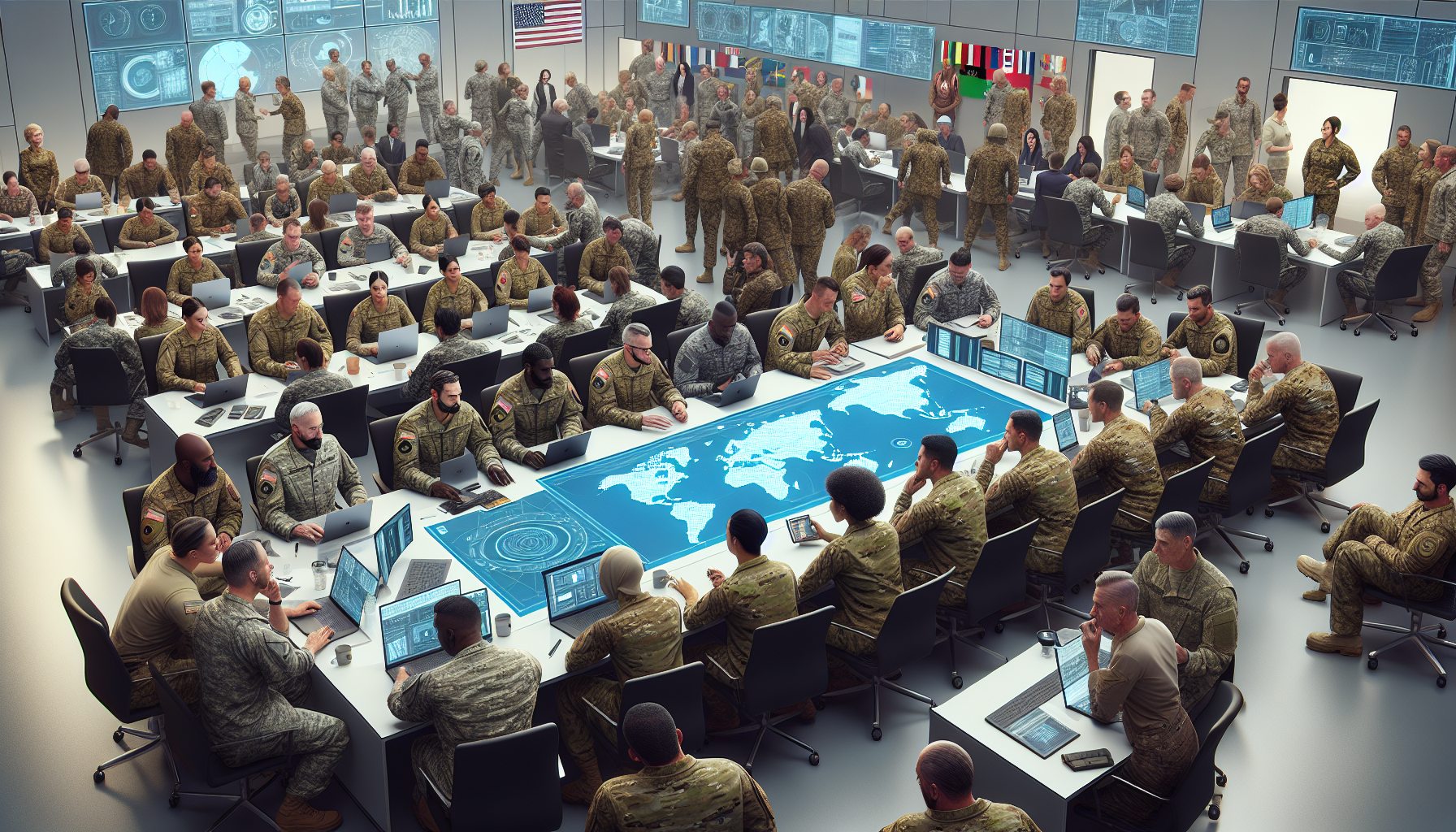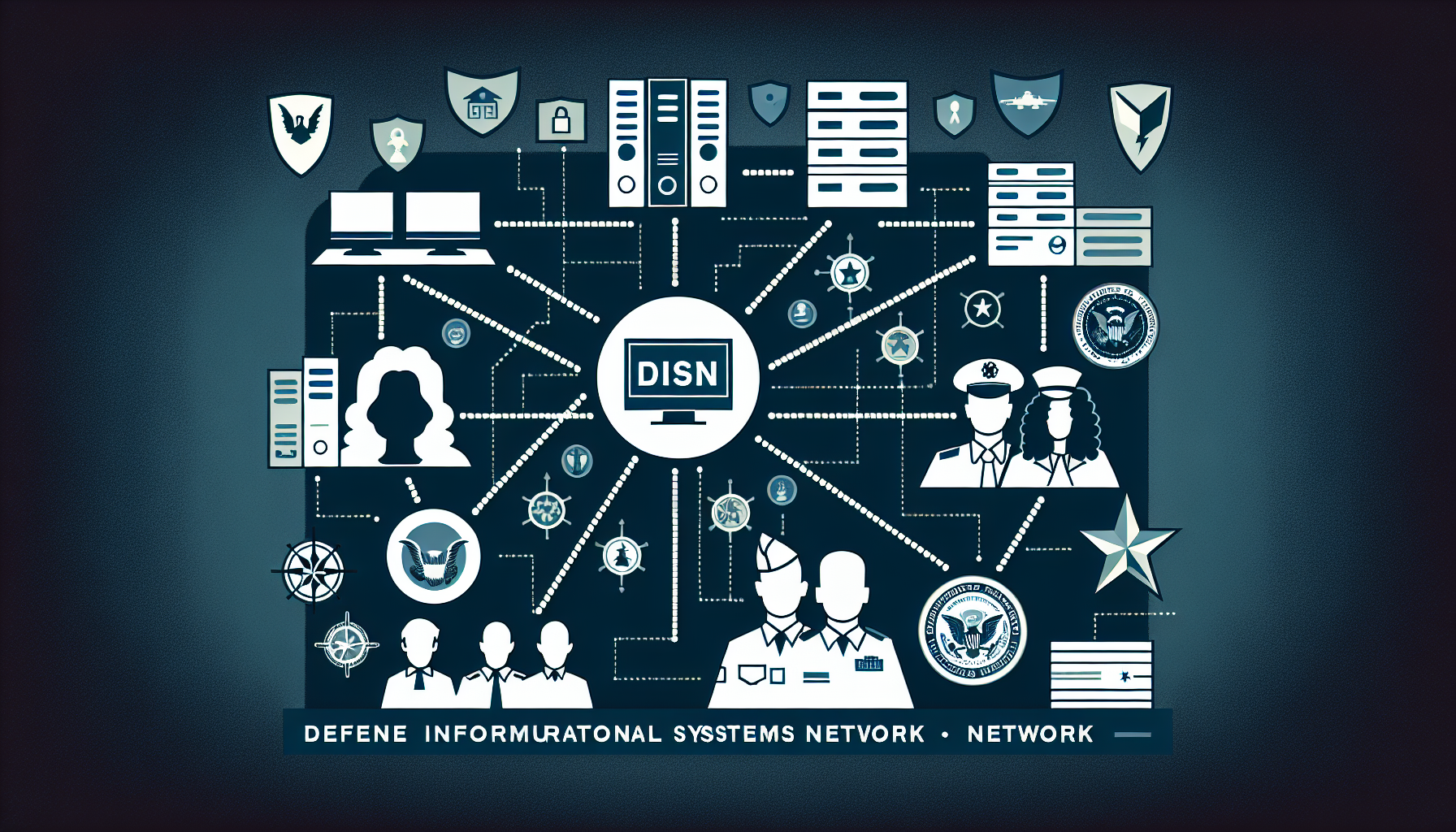Definition
A decoy, in military operations, is typically a false or simulated target used to distract or trick the enemy. It’s often designed to look like a real military target, aiming to divert enemy resources or devising a trap. It is a tactic widely employed to deceive opponents about the real objectives or composition of an operation.
Key Takeaways
- A decoy, in military operations, is a tactic used to distract or deceive the enemy. It may involve the use of fake equipment, false information, or diversionary maneuvers.
- Use of decoys can greatly enhance the success of a military mission by introducing uncertainty, confusing the enemy, or attracting their attention away from the main operation area.
- The concept of decoy in military operations is not just limited to the battlefield. It is also used in cybersecurity, where decoy systems known as ‘honeypots’ are used to attract hackers away from valuable targets.
Importance
In military operations, the term “decoy” is extremely important as it refers to a strategic diversion maneuver designed to mislead the enemy and protect the primary operation.
Decoys can be anything from false equipment, phony radio transmissions, misleading behavior, or a dummy army unit, created to deceive the enemy about the true nature and location of military forces.
Their importance primarily lies in their ability to distract, confuse, and divide enemy forces, buying time and creating an advantage for the actual military operation.
Thus, the successful integration and application of decoys can greatly enhance the effectiveness of both defensive and offensive strategies, potentially determining the outcome of a military engagement.
Explanation
A decoy, in military operations, is a strategic tool employed to deceive and mislead the enemy. The primary purpose of a decoy is to create illusions of the real military force’s movements, capabilities, or intentions, thereby causing the adversary to take specific actions that would benefit the user’s side.
This could be in the form of misleading the enemy about an impending attack, its location or time, diverting their attention, resources, and forces from the actual target, or insinuating a greater or lesser force’s presence than is actually the case, causing the adversary to underestimate or overestimate the threat they’re facing. In a broader sense, decoys can be used in various forms based on the needs of the operation.
It could be physical, such as inflatable tanks or aircraft, fake infrastructure, and equipment, or even dummy personnel. They could also be electronic, like false radio signals or decoy heat signatures.
Effectively used, a decoy forces the enemy into a position where they must react to perceived threats, causing them to waste resources or reveal their own defenses. Thus, a decoy’s widespread use in military operations reflects its efficacy not just in hiding true intentions but also in compelling the adversary into disadvantageous positions.
Examples of Decoy
Operation Quicksilver (1944): In the Second World War, the Allies used inflatable tanks and recorded sounds to deceive German forces into believing that they were massing troops for an attack in one location, while the real attack was happening elsewhere. The operation was part of a larger deception strategy known as Operation Fortitude which contributed to the successful landing in Normandy.
Operation Mincemeat (1943): This was a successful British disinformation strategy during the World War II. A corpse dressed as an officer of the Royal Marines, carrying false invasion plans, was dropped off the coast of Spain. When the body was found, the fake plans were passed to the Germans, causing them to fortify defenses in the wrong locations.
Gulf War Decoy Tactics (1991): During the Gulf War, Coalition forces used numerous decoy tactics against Iraqi defense systems. This included the use of radar decoys to confuse enemy radar systems and the deployment of inflatable tanks, aircraft and missile launchers. These tactics effectively drew fire away from real assets and somewhat confused Iraqi forces.
FAQ for Decoy Operations
What is a Decoy Operation?
A Decoy Operation refers to a military maneuver designed to distract or mislead enemy forces. It usually involves the use of fake equipment, vehicles or troops to confuse the enemy about the real intentions or locations of friendly forces.
What is the purpose of a Decoy Operation?
The purpose of a decoy operation is to confuse or mislead the enemy. It can help protect the main force by diverting the enemy’s attention, or to aid in assault operations by misleading the enemy about the direction or scale of the attack.
Can you give an example of a successful Decoy Operation?
One of the most famous decoy operations was Operation Fortitude during World War II. The Allies used fake tanks, aircraft, and even a fake army group commanded by General Patton to convince the Germans that the main attack would come at Pas-de-Calais, rather than Normandy.
How realistic are the decoys used in decoy operations?
The realism of the decoys used in decoy operations can vary widely based on the resources available and the expected scrutiny from the enemy. In some cases, simple inflatable tanks or aircraft may be used, while in others highly detailed and realistic decoys may be used complete with heat signatures and radio traffic.
Related Military Operation Terms
I am assuming that by “Decoy,” you might be referring to specific slang terms or abbreviations dealing with Veterans Affairs’ benefits. However, “Decoy” is not commonly associated directly with VA Benefits in standard usage. I would recommend terms related to VA Benefits, rather than “Decoy”. Here they are:
“`html
- Disability Compensation
- Educational & Training Benefits
- Health Care Benefits
- Home Loans & Housing-related Assistance
- Life Insurance
“`
Sources for More Information
- Encyclopedia Britannica: An online encyclopedia that provides articles covering multiple topics, including military operations and terms like decoy.
- Military.com: This site covers all realms of the military, including information about different military tactics and operations.
- History.com: This site has a plethora of historical information, including on various military operations and strategies such as decoy.
- GlobalSecurity.org: This organization provides security related information, including military operations and terms.
 Benefits.com Advisors
Benefits.com Advisors
With expertise spanning local, state, and federal benefit programs, our team is dedicated to guiding individuals towards the perfect program tailored to their unique circumstances.
Rise to the top with Peak Benefits!
Join our Peak Benefits Newsletter for the latest news, resources, and offers on all things government benefits.





























